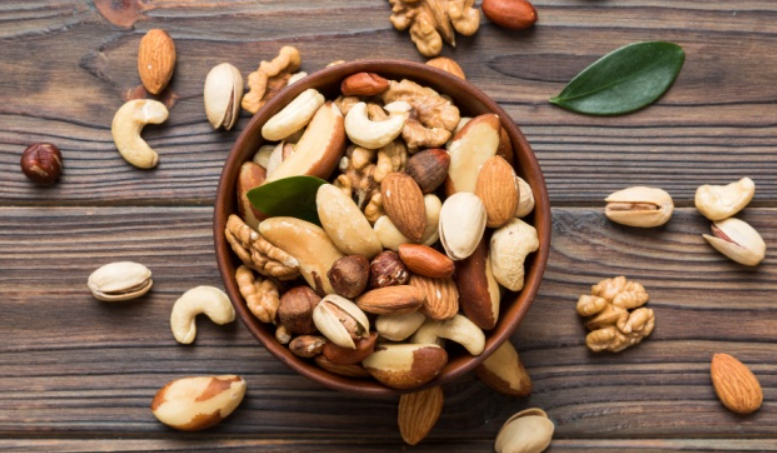
If you have school-aged children, you might be used to sending them to school with a water bottle, sack lunch, and some snacks for the afternoon—or some cash to purchase meals or drinks from the cafeteria.
Transitioning from eating at school to feeding children at home for the summer can feel overwhelming for many parents and caregivers. While meals don’t need to be complicated, keeping nutrition at the forefront is important. Let’s discuss some tips for supporting your child’s nourishment this summer without making it a burden.
1. Prioritize hydration
Summertime is a season for kids to run around, play, and be kids. During these hotter months of the year, it’s not uncommon for kids to have so much fun they forget to sit down and eat.
With all their expended energy combined with the heat, kids lose fluids more quickly through sweating. Furthermore, in a sample of 4100 children and adolescents from the National Health and Nutrition Examination Survey from 2009 to 2012, researchers found that over 54% were inadequately hydrated. This can set kids up for dehydration, so it’s critical to ensure fluid intake is plentiful throughout the day.
Plain water is best, but you can also offer unsweetened seltzer water, or flavor water naturally with lemon or raspberries, as long as the fruit has been properly washed first and then discarded at the end of the day.
Regardless of the type of water you offer, be sure to fill their water bottle throughout the day and remind them to keep it available to sip on.
2. Make healthy snacks accessible
Packaged snack foods are convenient but can also be ultra-processed and high in added sugar or sodium. While these treats can certainly have a place, try to prioritize healthier snacks as much as possible.
For example, keep a bowl of fresh fruit on the table for kids to grab as they pass through the kitchen or place sliced vegetables with hummus or ranch dip in the refrigerator.
Another option is preparing snacks for the day, like homemade trail mix in baggies or sliced apples with peanut butter, which are easy for kids to access when hungry. You might also fill a small basket with snack options for the day and leave it on the counter where kids can easily grab and go.
3. Include your kids in meal planning
Transitioning to summer at home can be an adjustment for kids, too. Sometimes kids are more likely to try new things and develop healthy eating habits if they are more involved in meal planning and preparation.
Take your kids to the grocery store with you and ask them to pick out a new fruit or vegetable they want to try during the week. You can also ask for their input regarding what kinds of meals, snacks, and treats they’re in the mood for.
4. Be creative with cold treats
Cold treats don’t have to include only delicious ice cream sandwiches and popsicles. When it’s too hot to eat, consider ways to offer your kids some cool foods that offer nourishment.
Examples include a cubed watermelon and basil salad, homemade coconut milk popsicles, chia seed pudding, yogurt parfaits, berry smoothies, or frozen banana “nice cream.”
5. Aim for a consistent schedule
Without the structure of a school schedule, summertime can feel like a free-for-all when it comes to kids’ eating patterns. After all, when kids are in school, they don’t have boundless access to snacks whenever they want.
Maintaining this structure at home during the summer can encourage positive behavior. Overall, structure is important for kids to feel safe and benefits everyone in the household.
Make the most of your summer as a family by remembering these tips to help prioritize healthy food options without making it stressful. To help fill in the gaps, Garden of Life offers products like mykind Organics Kids Multi Fruit Gummies and Garden of Life Kids Organic Multivitamin Powder that can complement a healthy diet.
Shared from https://www.gardenoflife.com/blog/healthy-kids-for-summer
- by Lauren Panoff, MPH, RD



